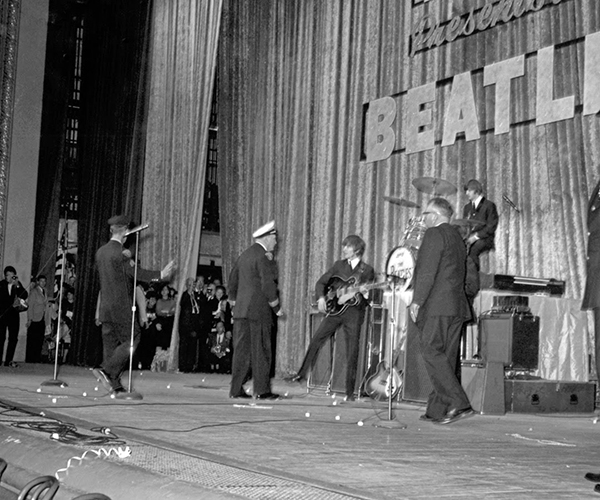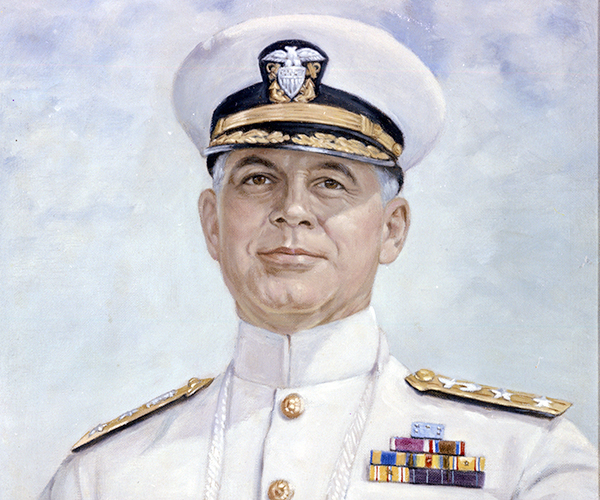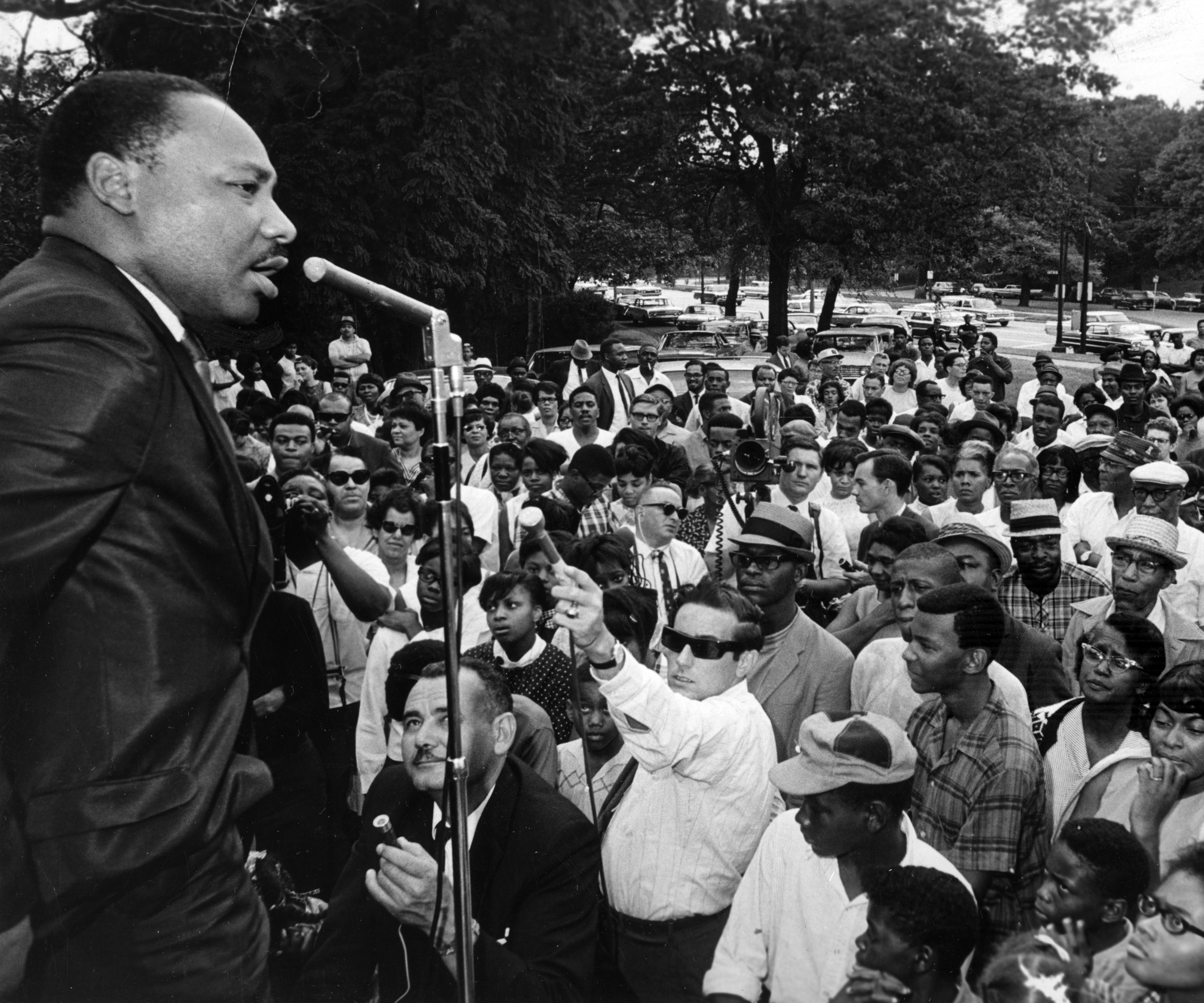It was the start of one heck of a road trip. What had its beginnings at East 45th Street and Payne Avenue has since grown into an American obsession. Alexander Winton, the mustachioed man with his hand on the tiller (the steering wheel hadn't been invented yet), and his partners Thomas Henderson and George H. Brown, seated next to him, had just debuted their second gasoline-powered motor carriage. Tom L. Johnson, facing backward on the far right, was a friend of Winton's from the Cleveland Wheel Club, a bicycling group, and went on to become the mayor of Cleveland.
On July 28, 1897, Winton and his gas-fueled buggy set out for New York City on a test drive. They covered 800 miles, often detouring for better roads, and arrived 11 days later. In early 1898, Winton advertised his invention in Scientific American. "Dispense with a horse," the ad exhorted, "and save the expense, care and anxiety of keeping it." That April, Winton became the first American to sell a standard-made, gasoline-powered car: a two-person model with a top speed of 20 mph, for $1,000.
In October 1901, Winton lost a car race in Grosse Pointe, Mich., to little-known mechanic Henry Ford. Eventually, pricey Wintons couldn't compete with Ford's cheap Model Ts. Winton made his last car in 1924 and sold his engine company to General Motors in 1930.



